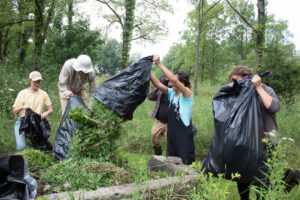
Stewardship Technician Madelyn Gaharan and volunteers dispose of invasive Japanese hedge parsley at a Sharon Hills Preserve workday
Give three motivated people four months on seven public preserves and a lot can happen! The 2021 growing season demanded a long list of tasks, and our Crew made some tracks. Comprised of Seasonal Stewardship Technician Madelyn Gaharan and Crew members Dani Wyman and Thomas Huval, the “Stew Crew”, as we affectionately call them, spent hundreds of hours in intense heat and swarms of mosquitoes, diligently tackling Legacy’s most pressing preserve maintenance and restoration priorities.
The crew logged over 300 hours pulling and treating invasive plant species on four preserves. Nearly 100 of these hours were completed in the month of June alone and were focused on removing herbaceous invasive species like garlic mustard, Japanese hedge parsley, and dame’s rocket from Beckwith, Sharon Hills, Reichert, and Johnson Preserves. Another 50 hours were spent treating invasive plants in conjunction with Eastern Michigan University at Johnson Preserve. The crew also logged many long days at Sharon Hills, Beckwith, and Johnson Preserves removing woody invasive plants, such as Japanese barberry, common buckthorn, and autumn olive.
In addition, the crew spent nearly 100 hours ensuring the 9.5 miles of trail traversing our preserves were clear and well maintained, removing dozens of fallen limbs and trees after significant storm damage in July and August. New boundary signs were added to the Shatter Preserve, fallen boundary signs at Johnson and Creekshead Preserves were replaced, and an additional entrance sign at Beckwith was installed.
And, if that wasn’t enough, the crew squeezed in an invasive species training with the Jackson, Lenawee and Washtenaw Cooperative Invasive Species Management Areas (JLW CISMA), and hosted two workdays at Sharon Hills and Beckwith—Legacy’s first time working alongside preserve volunteers in more than a year! “It was a wonderful and engaging season,” Stewardship Technician Madelyn Gaharan said. “Spending countless hours stewarding the preserves in order to provide more space for beautiful and crucial species to thrive, as well as more accessible spaces for our community to enjoy, was very rewarding.”

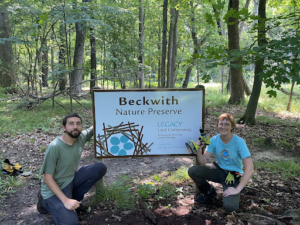

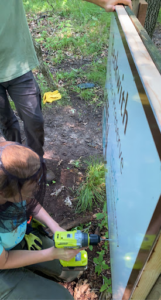
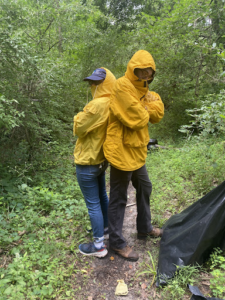
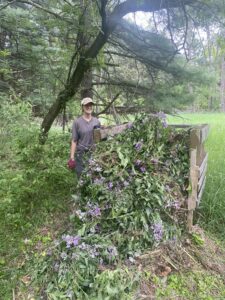
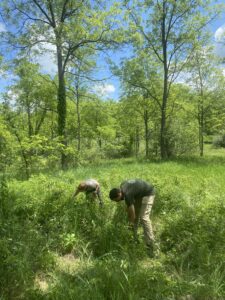
 RSS Feed
RSS Feed